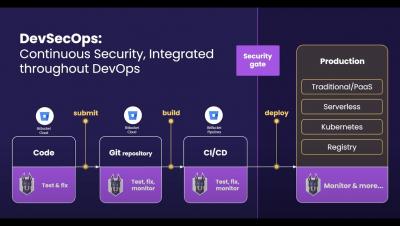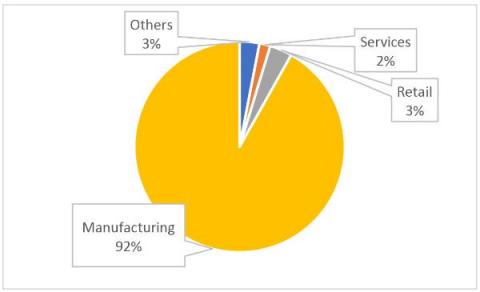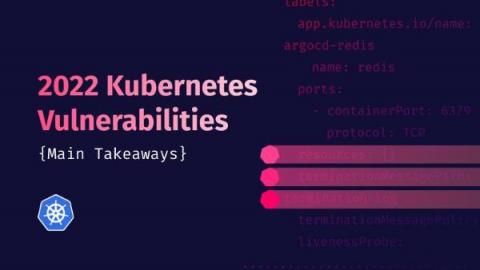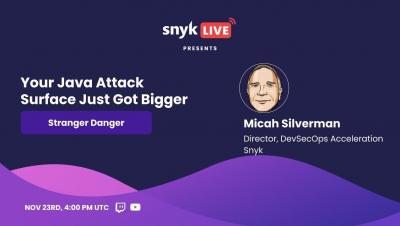Security | Threat Detection | Cyberattacks | DevSecOps | Compliance
Vulnerability
OT:ICEFALL Continues: Vedere Labs Discloses Three New Vulnerabilities Affecting OT Products - How to Mitigate
Continuing our OT:ICEFALL research, Vedere Labs has disclosed three new vulnerabilities affecting OT products from two German vendors: Festo automation controllers and the CODESYS runtime, which is used by hundreds of device manufacturers in different industrial sectors, including Festo.
Can gamification unite development and security?
Despite years of effort encouraging a DevSecOps approach, development and security teams tend to remain divided. For example, according to 2020 research, 65% of security professionals reported that their companies had successfully shifted security left. Good, right? But the same research also shows that almost a third of people believe the security team is primarily responsible for security — despite shifting left.
Cybersecurity solutions from ManageEngine
2022 Kubernetes Vulnerabilities - Main Takeaways
CTO Talk: Eight Built-in Layers of Threat-Fighting Weapons
LogSentinel’s operational security platform ( SIEM, XDR & SOAR) continuously optimizes the models of specialized threat systems and has created eight layers of anti-threat weapons. Based on the characteristics of user behavior and traffic analysis, the series of local anti-threat modules form an iron wall to prevent telecommunication and network threats and protect the safety of users’ communications and property.
Stranger Danger: Your Java Attack Surface Just Got Bigger
73 Percent Of Retail Applications Contain Security Flaws, But Only A Quarter Are Fixed
80% of SMBs Are Vulnerable - Here's How to Stay Safe
It would be nice to imagine that when cyber criminals look for their next target, they ignore the small- and medium-sized businesses (SMBs) that simply can’t afford an attack. Unfortunately, that’s not the case. In fact, 43% of cyber attacks are directed at SMBs. Today, a massive 80% of North American SMBs are at risk of a cyber attack.
How to use GitHub Actions environment variables
To improve the efficiency of releasing working code into a production environment, implementing a continuous integration and continuous delivery (CI/CD) pipeline is a great practice. These pipelines automate the process of checking that a code change is ready for release and provides tools to automate the release to a production environment. One popular way to do this is to use your existing version control system.











